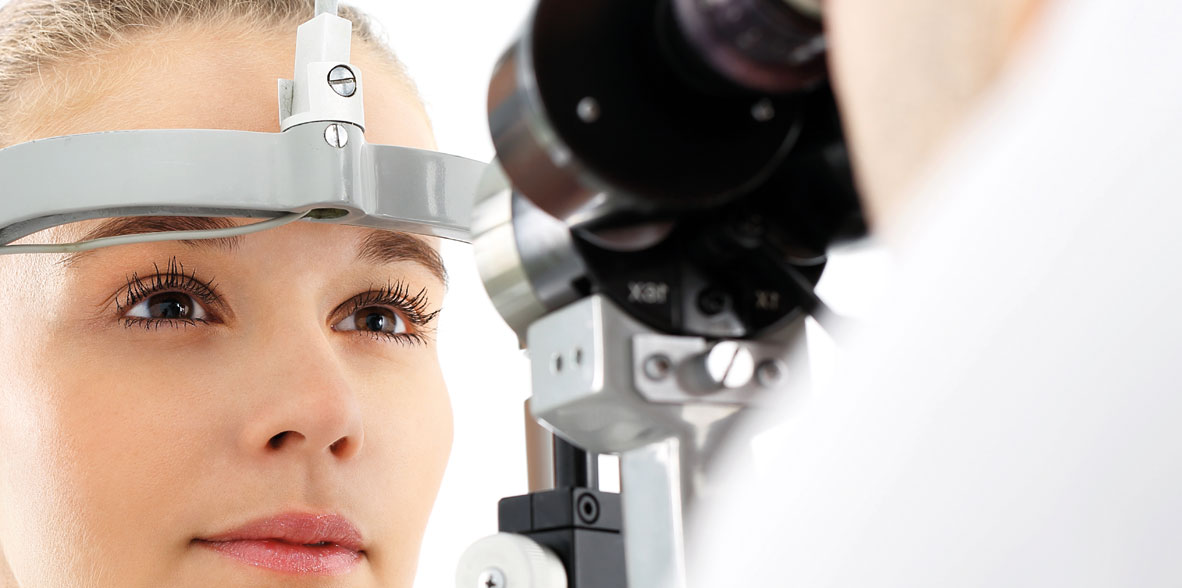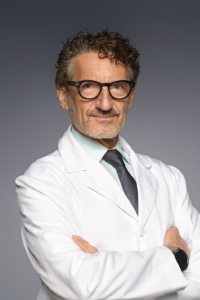

 Centro Médico Teknonen/health-centers/centro-medico-teknon
Centro Médico Teknonen/health-centers/centro-medico-teknon Hospital El Pilaren/health-centers/hospital-el-pilar
Hospital El Pilaren/health-centers/hospital-el-pilar Centro Médico Teknonen/health-centers/centro-medico-teknon
Centro Médico Teknonen/health-centers/centro-medico-teknon Centro Médico Teknonen/health-centers/centro-medico-teknon
Centro Médico Teknonen/health-centers/centro-medico-teknon Centro Médico Teknonen/health-centers/centro-medico-teknon
Centro Médico Teknonen/health-centers/centro-medico-teknon
The Institut's Cosmetic Eye Surgery unit performs minimally invasive surgery that leaves no visible scars and ensures quick recovery. To guarantee eye health, the operation is carried out by an ophthalmologist specialising in cosmetic eye surgery as he or she must be familiar with the delicate structures around the eye to perform the procedure correctly and most of all safely.
The eyes are one of the most transparent parts of the body and say a lot about a person, such as their feelings, personality, etc. The eye area is the most sensitive part of the face and the one most likely to suffer the effects of ageing. Lines appear, skin loses its elasticity and nodules of fat can accumulate on the eyelids. These age-related imperfections make the face look tired, impairing the whole appearance. We can apply all our preventative practices to improve the appearance of the face, employing local or topical anaesthetic and minimising any risk to health.
At the Institut de la Màcula we'll provide you with all the answers to your concerns, both in terms of the results as well as the procedure, and resolve any doubts or queries.
- Blepharoplasty

Eyelid cosmetic surgery has a very rejuvenating effect without causing any drastic changes in your image and without visible scarring.
Due to the complex anatomy of the eyelid and its relationship with proper eye health, it's essential that an ophthalmologist specialised in oculoplastic surgery to carry out the operation. Familiarity with the eyeball and its related structures is fundamental to be able to carry out such surgery correctly and, above all, safely.
- Eyelid malposition
 The eyelids can suffer from a range of pathologies. The most common are malpositioned eyelids such as drooping (palpebral ptosis), ectropion and entropion. They may also appear benign or cancerous lesions requiring complex surgeries.
The eyelids can suffer from a range of pathologies. The most common are malpositioned eyelids such as drooping (palpebral ptosis), ectropion and entropion. They may also appear benign or cancerous lesions requiring complex surgeries. - Ocular, palpebral and orbital tumours

A wide range of tumours can occur in the periocular area and there are many different benign lesions and cysts but also cancerous tumours.
When a cancerous tumour appears on the eyelid, this must be treated by a specialist as highly specific surgical techniques are required that besides removing the tumour, should ensure that the eyelid will continue to perform its important function of eyeball protection.
- Watery eyes
 Watery eye is a relatively common problem, representing one of the symptoms that most often lead patients to consult an ophthalmologist. The lachrymal system can be altered at any stage, from the start of the canaliculi to the nasolachrymal duct. Currently we have all kinds of treatment for lacrimal obstruction wherever it is located, using modern endoscopic techniques that avoid external scars and guarantee faster recovery.
Watery eye is a relatively common problem, representing one of the symptoms that most often lead patients to consult an ophthalmologist. The lachrymal system can be altered at any stage, from the start of the canaliculi to the nasolachrymal duct. Currently we have all kinds of treatment for lacrimal obstruction wherever it is located, using modern endoscopic techniques that avoid external scars and guarantee faster recovery. - Blepharospasm

Blepharospasm is the involuntary closing of the eyelid or excessive involuntary blinking. The first symptom of blepharospasm may be an occasional increase in blinking in one or both eyes or simply difficulty in keeping the eyes open. If the illness progresses, the eyelid spasms start to become more frequent until they become constant.
Treatment with botulinum toxin injections is currently the treatment of choice for blepharospasm.
Surgical treatment (myectomy) is reserved for patients who do not respond to treatment with botulinum toxin.
- Thyroid ophthalmopathy

Thyroid ophthalmopathy is an autoimmune disorder in which the patient's own immune system attacks the thyroid gland and, in most cases, produces hyperthyroidism. The same antibodies that react against the thyroid also react against the orbital fat and extraocular muscles, leading to thyroid ophthalmopathy.
This needs to be treated based on a multidisciplinary approach in which a specialised endocrinologist and ophthalmologist must treat the illness together in addition to other specialists.
- Facial Paralysis

Facial paralysis is a temporary or permanent dysfunction of the facial nerve. When the facial muscles lose their normal tone, the orbicularis oculi muscle of the upper eyelid loses its ability to contract and therefore close the eye properly. This can lead to significant ocular surface illnesses like the dry eye syndrome. Today we have modern techniques performed in a minimally invasive way to ensure adequate eye protection.
Other ocular consequences of facial paralysis are misdirection of the lower eyelid (ectropion), watery eye and blepharospasm.
- Orbital lymphangioma

Lymphangiomas are benign lesions that are normally present from birth, although they may not have been noticed until years later. The treatment of this malformation requires very difficult surgery with very high risk as these lymphatic malformations can be found even in the healthy tissue of the orbit.
At the Institut de la Màcula i de la Retina we are pioneers in Europe in the percutaneous sclerosing treatment of orbital lymphangioma. This treatment does not require any stitches and leaves no scars.
- Palpebral and orbital reconstruction

A sufficiently severe trauma of the eye can lead to serious damage to the internal structures of the eyeball that may result in permanent loss of sight.
The most serious situation is when the eye is perforated or blown-out as this disruption in the ocular walls entails a high risk of sight loss and loss of the eyeball viability if not treated urgently by surgery. Occasionally, the disruption of eye structures in this case is so severe that the eyeball is lost completely. In these cases our treatment focuses on the patient's cosmetic rehabilitation by implanting prosthetic eyeballs that can perfectly imitate a healthy eye.
The most complex palpebral trauma, involving loss of tissue, may be difficult to be treated as there can be severe scarring in addition to the trauma of the injury. In the vast majority of cases an acceptable recovery can be achieved, both in functional as well as in cosmetic terms, via the use of advanced eyelid reconstruction techniques.
Most orbital fractures can be repaired using minimally invasive surgery via the conjunctiva, without leaving a scar on the skin.
More complex traumata that may involve the eyeball, eyelids or orbit often require more than one operation to achieve the desired functional and anatomical cosmetic results.
- Facial Cosmetic Medicine

In the Institut de la Màcula we use non-surgical techniques to treat facial aging:
- Botulinum toxin: It has many applications in medicine today, including facial rejuvenation without surgery.
- Fillers: Today treatments are available to replace this lost volume by injecting natural fillers such as hyaluronic acid.These treatments are carried out in the outpatient department and recovery is almost immediate.
Improve your aesthetic appearance through preventive practices that are being used with local or topical anesthesia minimizing the potential risks to your health.



































